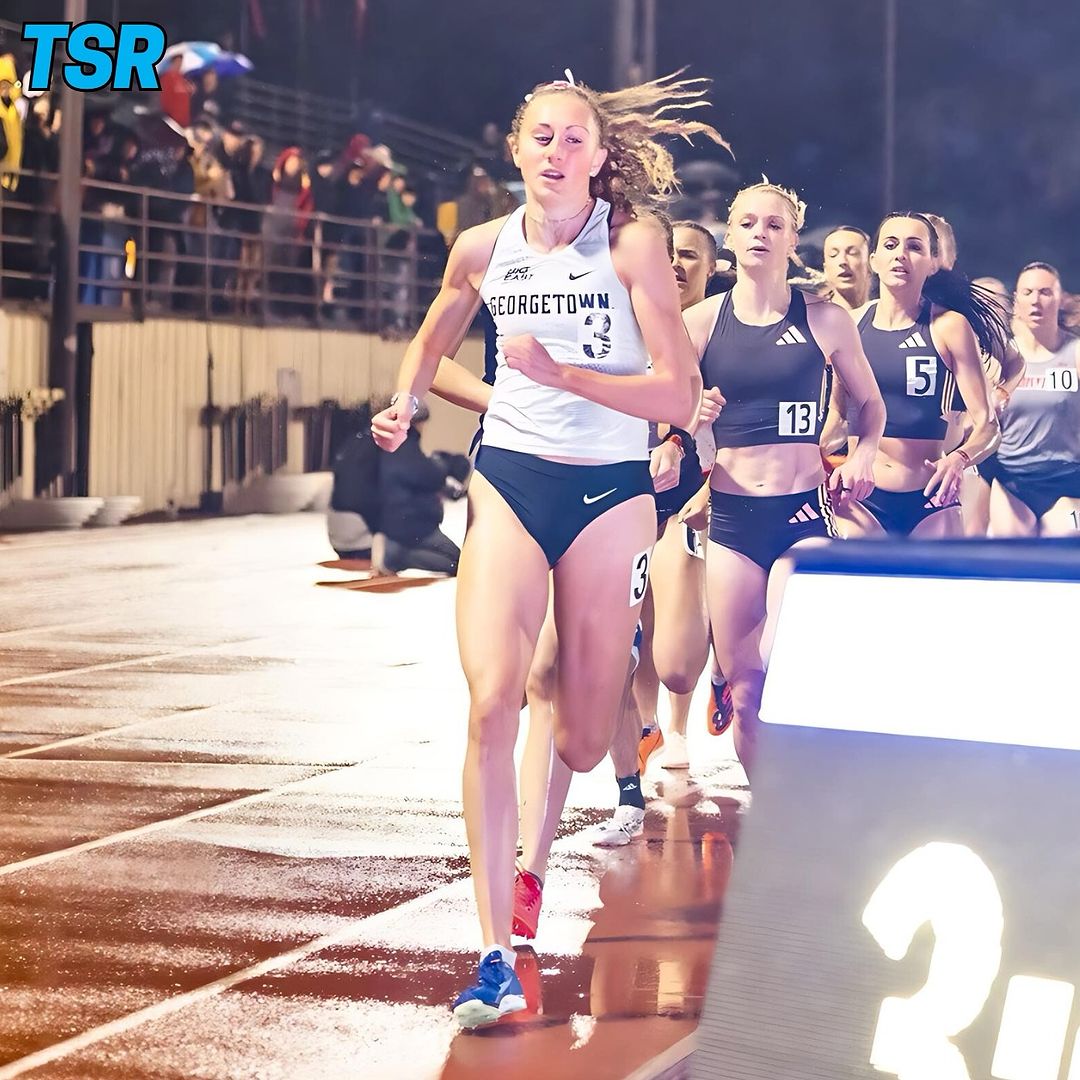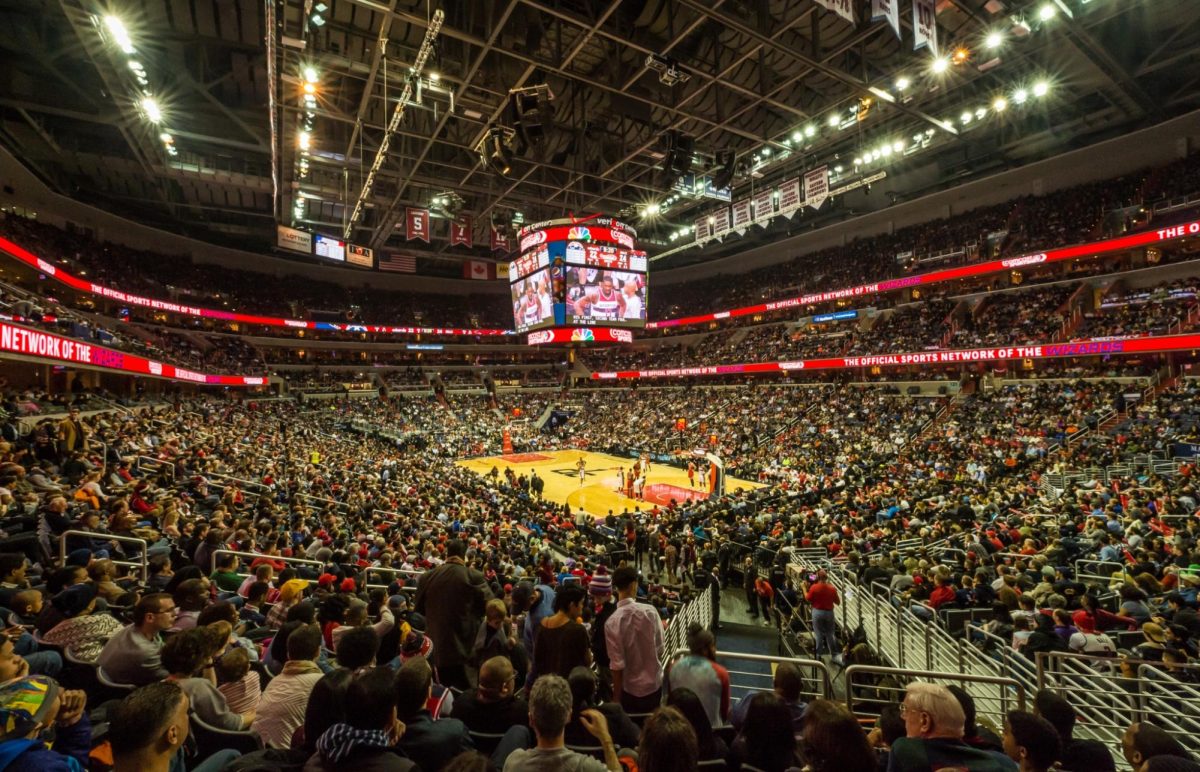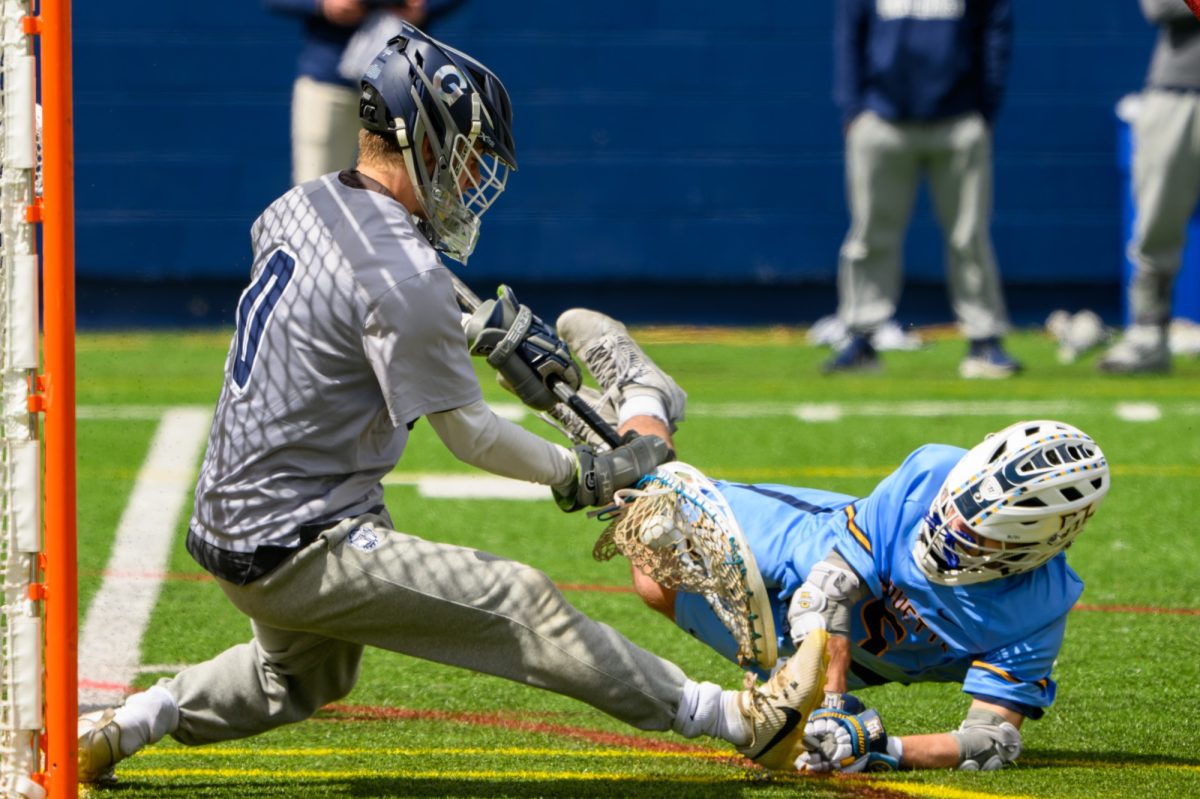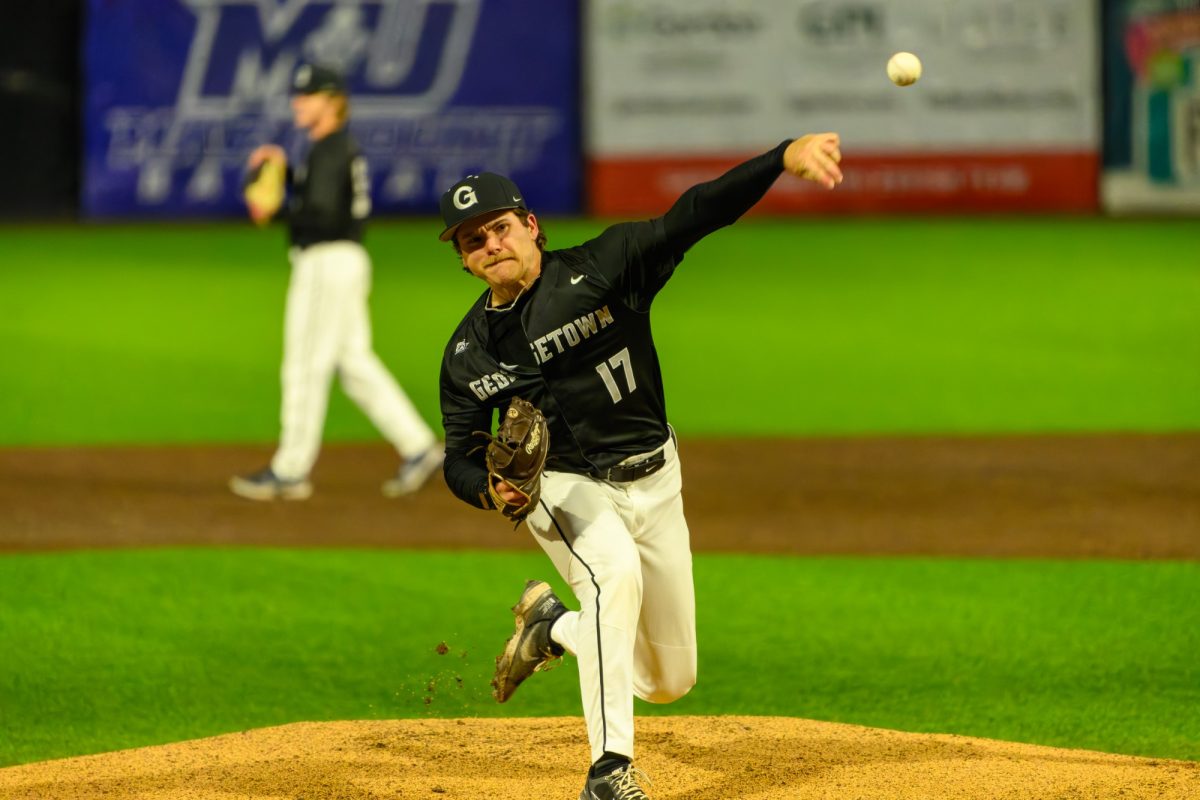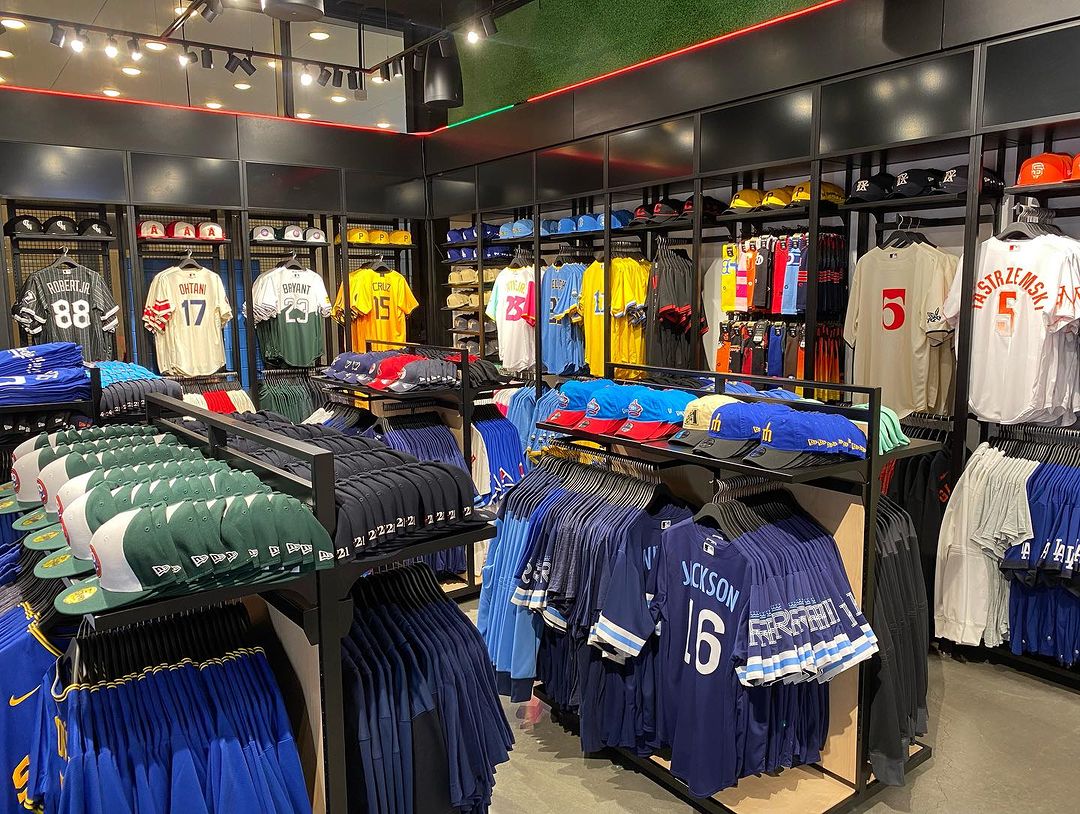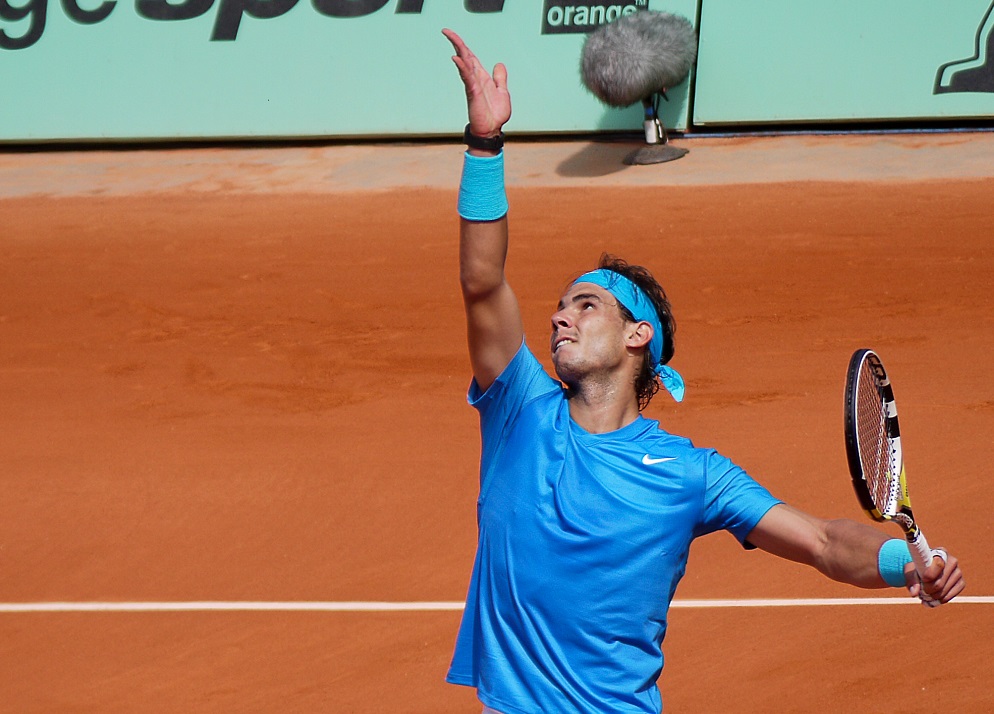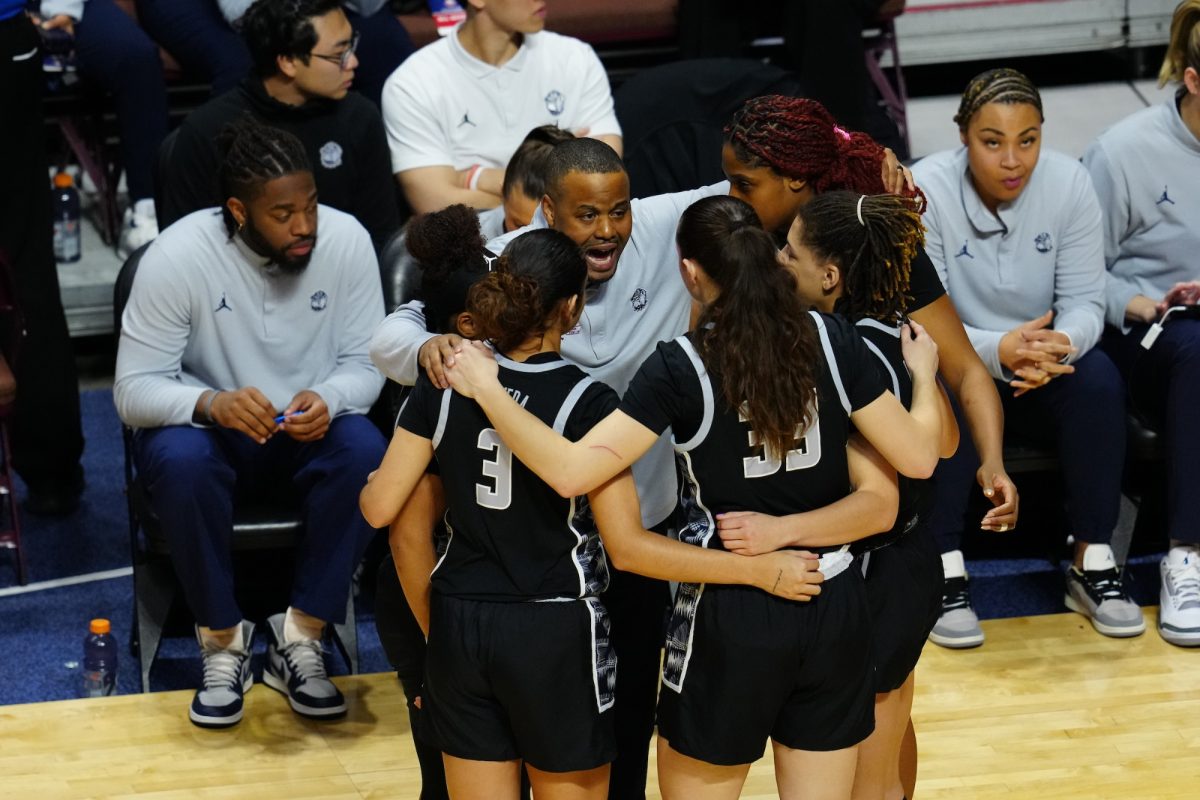Bartolo Colón just turned 43 years old. He is 5 feet 11 inches tall, and is listed at 285 pounds, a figure that I believe is far too light. Before this season, Colón, a pitcher for the New York Mets, boasted a career batting average under .100, and had never hit a home run in his 18-year MLB career. Ever since he joined the Mets prior to the 2014 season and received regular at-bats for the first time in his career, Colón’s at bats have been little more than comedy relief.
His stomach jiggled when he swung. His helmet often flew off his head. When he put the ball in play, he often carried the bat as he jogged toward first base.
So on May 7, when Colón stepped to the plate, nobody expected success. San Diego Padres pitcher James Shields was apparently thinking along the same lines, as he threw a 90-mile-per-hour fastball straight down the middle of the plate.
And Colón crushed it out of the park.
His teammates went crazy in the dugout. Sports fans everywhere stopped what they were doing to watch the highlight video.
“The impossible has happened,” proclaimed Mets announcer Gary Cohen.
I will be the first to say that I thoroughly enjoyed Colón’s home run. I watched the highlight video at least 10 times, and I sent it to several of my friends so that they could witness it. It was hilarious. It was amazing. It was perhaps the most unlikely home run in more than 100 years of Major League Baseball.
And yet, in my opinion, that home run should never have happened.
As the years have gone by, baseball has become more and more specialized. Even at the high school level, many players specialize in one position. Pitchers, in particular, often focus primarily on their pitching, and do not pay much attention to their hitting or their ability to play defense at another position.
As a result, by the time pitchers arrive in MLB, many of them have not hit in years. The minor leagues, college baseball and high school baseball almost exclusively incorporate the designated hitter rule, which allows teams to use another player to hit in the pitcher’s spot in the batting order. Pitching, particularly at a high level, is incredibly difficult, and this rule allows pitchers to focus their energy on honing their skills on the mound.
The American League adopted the designated hitter in 1973, but the National League continues to allow its pitchers to hit. It is time for that to change.
Hitting a 90-plus mile-per-hour fastball is the most difficult thing in sports. Hitters have mere milliseconds to react to a ball speeding toward them and moving in a variety of directions. So how can we expect pitchers, who have not even practiced hitting in years, to suddenly be able to succeed as hitters in MLB?
Colón’s home run was one of my favorite baseball highlights in years. But when it comes to pitchers hitting, it was a mere speck of success in a sea of failure.
For the most part, pitchers are automatic outs when they come to the plate. Managers can intentionally walk, or pitch around, hitters towards the bottom of the lineup, knowing that the pitcher will almost certainly make an out when he steps to the plate.
Aside from a few sporadic moments, forcing pitchers to hit puts them in an almost impossible position. The designated hitter rule contributes to higher quality baseball, as it replaces that automatic out with another solid hitter.
There is a perception of designated hitters as lumbering sluggers with no other redeeming baseball skills. David Ortiz, baseball’s most recognizable designated hitter, fits that profile. They are, essentially, hitting specialists.
However, as baseball has become increasingly specialized, some relief pitchers now function as lefty or righty specialists, facing almost exclusively hitters who bat from a certain side of the plate.
Others are defensive specialists who provide most of their value with their range and hands. Still others are used primarily for their speed, chasing down balls in the outfield and stealing bases on offense. There is no reason why players should not also be allowed to specialize in hitting.
The rule also functions as a tool that can give managers flexibility and give players the opportunity to stay rested and healthy. Many teams rotate the designated hitter position, using different players for different games, depending on the opposing pitcher and how the hitters are feeling.
Of the 15 American League teams, only six used the same designated hitter for more than two-thirds of their games during the 2015 season.
Pitchers can provide rare moments of brilliance when they hit. But in this era of specialization, it is simply too much to expect them to be able to both pitch and hit successfully at the Major League level.
It’s time for the National League to adopt the designated hitter.
 Tyler Park is a junior in the College. The Batting Cage appears every other Tuesday.
Tyler Park is a junior in the College. The Batting Cage appears every other Tuesday.






